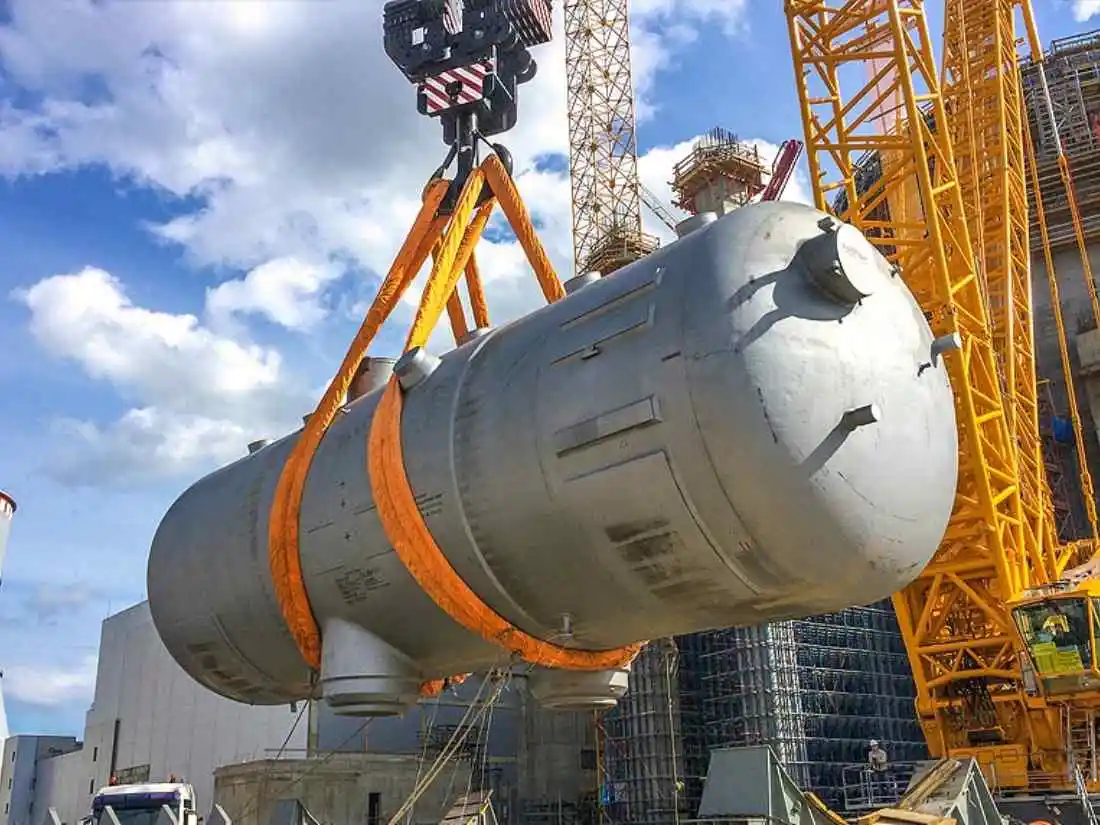Types of Webbing Slings for Lifting Heavy Loads: A Guide to Choosing the Right One
Contents
Webbing slings, as essential lifting equipment, come in various types designed to handle heavy loads with efficiency and safety. In this guide, we will discuss the various types of webbing slings and provide a guide to choosing the right sling for your heavy lifting needs.
Types of Webbing Slings
- Polyester Webbing Slings:
Polyester webbing slings are very commonly used and are known for their high strength. The polyester material provides resistance to weather, chemicals, and UV rays, making it a solid choice for both outdoor and indoor use. - Nylon Webbing Slings:
Nylon, with its exceptional strength, is suitable for heavy lifting. The advantages of nylon include good elasticity, resistance to moisture, and resistance to wear. Nylon webbing slings are commonly used for lifting loads that require extra protection against friction. - Kevlar Webbing Slings:
Kevlar webbing slings are known for their extreme strength and resistance to high heat. They are typically used in very extreme conditions, such as working around high temperatures or in circumstances where fire resistance is essential. - Polypropylene Webbing Slings:
Polypropylene offers the advantage of resistance to corrosion and moisture. Polypropylene webbing slings are often used for lifting light to medium loads. - Aramid Webbing Slings:
Aramid fibres, known for their high strength and lightweight, are used in the manufacture of aramid webbing slings. Their heat resistance makes them suitable for lifting in hot environments. - Chain Webbing Slings:
Chain webbing slings have a chain element integrated into their design. This provides additional strength and is typically used for very heavy and rough loads.

How to Choose the Right Webbing Sling
To lift heavy loads, you need a webbing sling that suits your needs. Here are some tips and tricks for choosing the right one:
- Required Workload: Determine the weight of the load to be lifted and choose a webbing sling that has the appropriate workload capacity.
- Usage Environment: Consider whether the sling will be used indoors or outdoors, in high-temperature environments, or in places with exposure to certain chemicals.
- Load Conditions: Pay attention to the load’s characteristics, including shape, weight, and whether there are sharp or rough elements that could affect the sling.
- Required Elasticity: Choose the type of webbing sling that has a level of elasticity that suits your application needs.
- Pay Attention to the Safety Standards: Ensure the webbing sling you choose complies with applicable safety standards and follows local regulations.
Conclusion: Choose Wisely for the Safety of Your Load
Choosing the right type of webbing sling is a critical step in ensuring that lifting heavy loads runs smoothly and safely. By understanding the characteristics of each type of sling and considering relevant factors, you can select a sling that meets your application needs and prioritizes safety in load-lifting.
For more information and product consultations, do not hesitate to contact us at PT. Kompindo Fontana Raya via email at info@fontana.co.id or phone at 021 5451040 / 0811 1200 1367.
Our Location
Jl. Daan Mogot B No.6, RT.005/RW.8, Poris Gaga Baru, Kec. Batuceper, Kota Tangerang, Banten 15122

